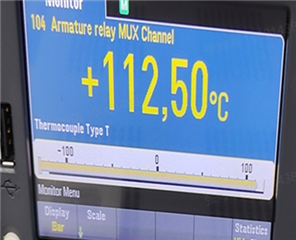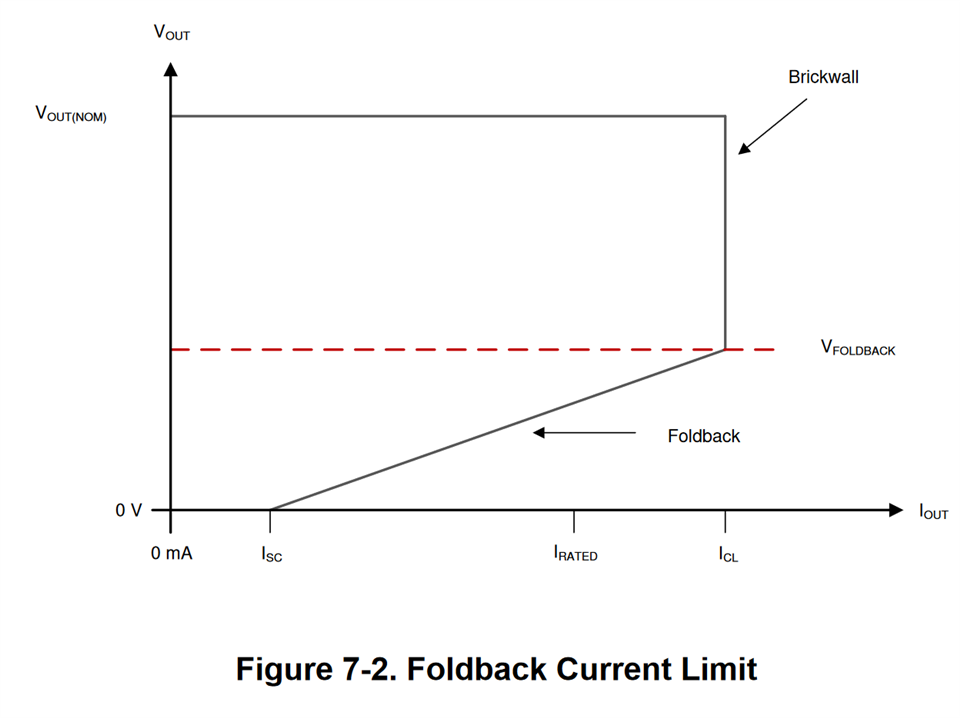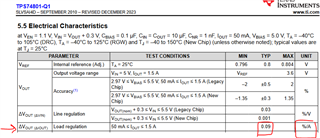Other Parts Discussed in Thread: TPS74801
Hi Team,
How much does the internal power limiting mechanism limit the power?
Our test found that after the output of TPS74801 was short-circuited to ground, it never turned off.
The specification describes that it will not shut down unless the Thermal shut down of the IC is triggered.
However, we kept short-circuiting the output to ground, and the IC did not trigger the OTP. We checked the temperature (IC TOP shell) and found that the IC has been at a temperature of about 112C. Here we are worried that the IC being at this high temperature will have an impact on the PCB board.


Thanks a lot.
Best Regards,
Matt.






